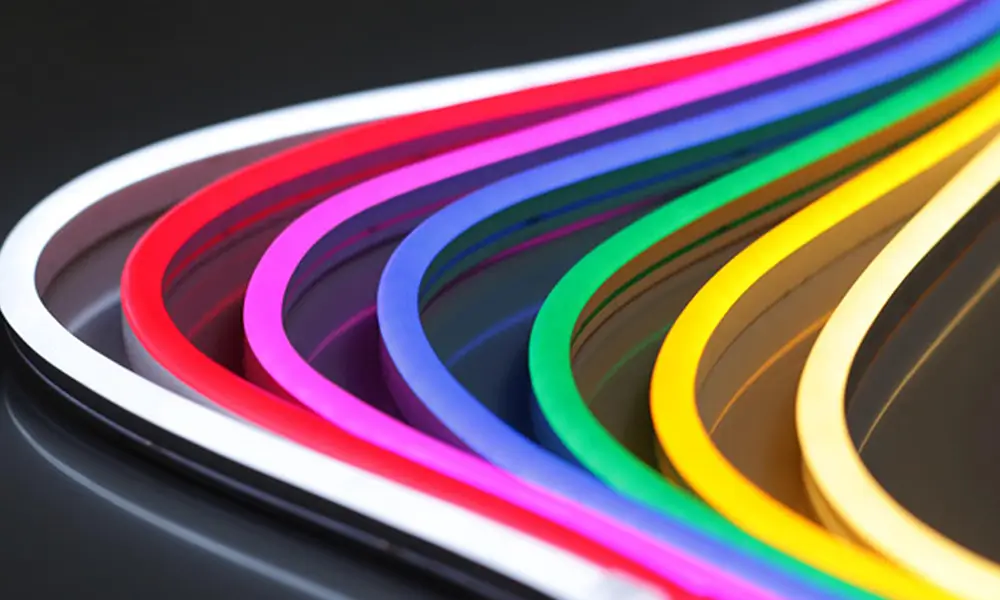Lighting plays a crucial role in setting the tone and functionality of any space, whether it’s a cozy home, a bustling commercial area, or an elaborate outdoor setup. Over recent years, LED lighting has become a popular choice due to its versatility, energy efficiency, and durability. Among the many options available, two types often come up: LED strip lights and LED modules. Understanding what each offers and how to choose between them can make a big difference in your project’s outcome.
Understanding LED Strip Lights
LED strip lights are exactly what they sound like flexible strips embedded with tiny LED bulbs spaced evenly along their length. These strips can be cut to size and easily shaped, making them incredibly adaptable for various settings. One of the main advantages is their flexibility, which allows them to wrap around corners, edges, or curves.
If you’re exploring options from led strip lights suppliers, it’s important to consider the variety available including waterproof designs for outdoor use, different brightness levels, and color options like RGB for dynamic lighting effects. These features make LED strip lights a popular choice for applications ranging from under-cabinet lighting to architectural highlights and decorative accents.
You might see LED strip lights used to add soft, ambient lighting under kitchen cabinets, highlight architectural features, or even in decorative elements like shelves and furniture. They come in different types, such as waterproof versions suitable for outdoor or bathroom use, and varying brightness levels depending on the number of LEDs per meter.
Exploring LED Modules
On the other hand, LED modules are small, individual units designed to provide focused, bright lighting. Unlike strips, these modules are often used where precise illumination is required, such as backlighting signage or highlighting specific areas. Each module typically contains a few LEDs enclosed in a sturdy casing, which can make them more durable and suitable for outdoor applications.
When looking at options from led module suppliers, it’s useful to note that these modules often come with lenses or diffusers that direct light in specific patterns. This helps achieve consistent brightness and sharp lighting effects, which are essential for applications like signage or outdoor lighting where clarity and durability matter.
LED modules tend to be fixed in place rather than flexible, making them ideal for more structured lighting setups. For example, they’re common in advertising signs, where consistent brightness and durability are key. Some modules are designed with lenses or diffusers to direct light in a specific pattern, adding another layer of control over how the light behaves.
Key Factors to Consider When Selecting LED Lighting
Choosing between LED strip lights and LED modules depends on several important factors. First, think about the type of lighting effect you want to achieve. Do you need soft, continuous lines of light that flow around surfaces? Or is focused, bright illumination more important?
Brightness is another consideration. LED modules often offer higher brightness levels per unit compared to strip lights, which might be necessary for outdoor or commercial signage. Color options also play a role if you want to play with dynamic color changes, LED strips with RGB capabilities might be the way to go.
Energy efficiency is a hallmark of LED technology overall, but it’s still worth comparing power consumption between different models to ensure you get the best performance for your needs. Durability is another factor, especially if your project involves exposure to weather or humidity. Waterproof or weather-resistant versions of both strips and modules are available, but their ratings can vary, so double-check the specifications.
Lastly, consider installation requirements. LED strips are generally easier to install because they come with adhesive backing and can be cut to fit. LED modules might require mounting brackets or screws, and wiring can be a bit more involved depending on the setup.
Practical Tips for Integrating LED Strip Lights and LED Modules
In many projects, combining both LED strip lights and LED modules can provide the best results. For example, strip lights can create broad, ambient glows, while modules add sharp, targeted accents. This combination allows for layering light in creative ways, enhancing both function and style.
When working with both types, it’s important to consider compatibility. Using similar voltage ratings and ensuring power supplies can handle the combined load will prevent issues down the line. Paying attention to quality and following manufacturer guidelines helps ensure long-lasting performance and safety.
Environmental and Energy Considerations
One of the most compelling reasons to choose LED lighting is its positive impact on energy consumption. LEDs consume significantly less electricity compared to traditional incandescent or fluorescent bulbs, which translates to lower energy bills and less strain on the environment.
Moreover, LEDs have a longer lifespan, meaning fewer replacements and less waste over time. This durability reduces the overall environmental footprint of lighting installations, especially in commercial or large-scale projects.
By choosing LED strip lights or modules, you’re not just improving the look and feel of a space you’re also contributing to a more sustainable future.
Conclusion
Selecting the right type of LED lighting involves understanding the differences between strip lights and modules, as well as considering your specific project requirements. Strip lights excel in flexibility and creating ambient effects, while LED modules provide focused, bright illumination for more defined lighting needs.
By weighing factors like brightness, durability, installation, and environmental impact, you can make informed choices that enhance your space effectively. Whether it’s a home renovation, signage project, or architectural lighting design, thoughtful selection of LED components can bring your vision to life with energy-efficient, long-lasting results.




